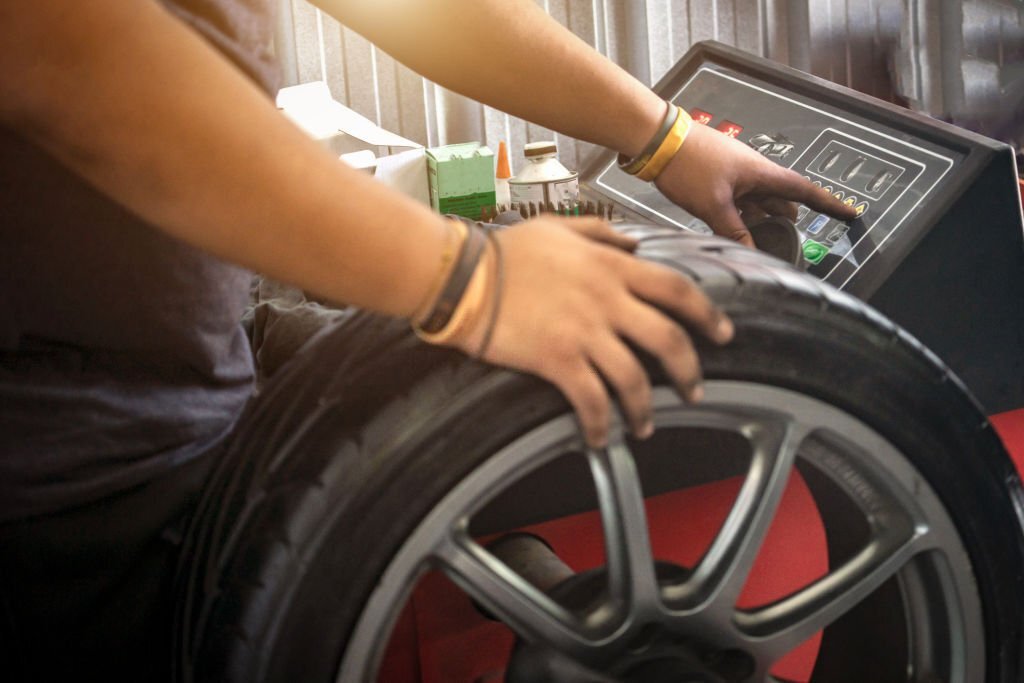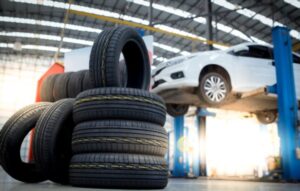Wheel alignment is an important aspect of maintaining your vehicle’s performance, handling, and safety. Proper wheel alignment ensures that your tires are perpendicular to the ground and parallel to each other, allowing them to roll smoothly and evenly. In this article, we will explore everything you need to know about wheel alignment, including what it is, how to tell if your vehicle needs alignment, and how to get your wheels aligned.
What is Wheel Alignment?
Wheel alignment refers to the adjustment of the angles of the wheels so that they are perpendicular to the ground and parallel to each other. This ensures that the tires roll smoothly and evenly, reducing tire wear and improving handling and performance.
Signs Your Vehicle Needs Wheel Alignment There are several signs that your vehicle may need a wheel alignment, including:
- Uneven tire wear: If your tires are wearing down unevenly, it may be a sign that your wheels are out of alignment.
- Steering wheel vibration: If your steering wheel vibrates or shakes while you’re driving, it may be a sign that your wheels are out of balance or alignment.
- Crooked steering wheel: If your steering wheel is crooked or off-center while you’re driving straight, it may be a sign that your wheels are out of alignment.
- Drifting or pulling: If your vehicle drifts or pulls to one side while you’re driving, it may be a sign that your wheels are out of alignment.
How to Get Your Wheels Aligned If you notice any of the signs listed above, it’s important to get your wheels aligned as soon as possible. You can get your wheels aligned at a tire or auto repair shop. During a wheel alignment service, a technician will use special equipment to measure the angles of the wheels and adjust them to the manufacturer’s specifications.
Types of Wheel Alignment There are three types of wheel alignment:
- Front-end alignment: This type of alignment involves adjusting the front wheels’ camber, caster, and toe angles. It’s typically recommended for vehicles with front-wheel drive.
- Rear-end alignment: This type of alignment involves adjusting the rear wheels’ camber, caster, and toe angles. It’s typically recommended for vehicles with rear-wheel drive.
- Four-wheel alignment: This type of alignment involves adjusting all four wheels’ camber, caster, and toe angles. It’s typically recommended for vehicles with all-wheel drive.
Benefits of Wheel Alignment Proper wheel alignment offers several benefits, including:
- Improved handling and performance: Proper wheel alignment ensures that your vehicle handles and performs optimally, reducing tire wear and improving fuel efficiency.
- Reduced tire wear: Proper wheel alignment reduces uneven tire wear, extending the life of your tires and reducing the need for frequent tire replacements.
- Enhanced safety: Proper wheel alignment ensures that your vehicle maintains optimal traction and handling, reducing the risk of accidents and improving overall safety.
In conclusion, wheel alignment is an important aspect of maintaining your vehicle’s performance, handling, and safety. Signs that your vehicle may need alignment include uneven tire wear, steering wheel vibration, crooked steering wheel, and drifting or pulling. Getting your wheels aligned at a tire or auto repair shop can offer several benefits, including improved handling and performance, reduced tire wear, and enhanced safety. It’s important to consult with a tire professional to ensure that your wheels are aligned to the manufacturer’s specifications for optimal performance and safety.


